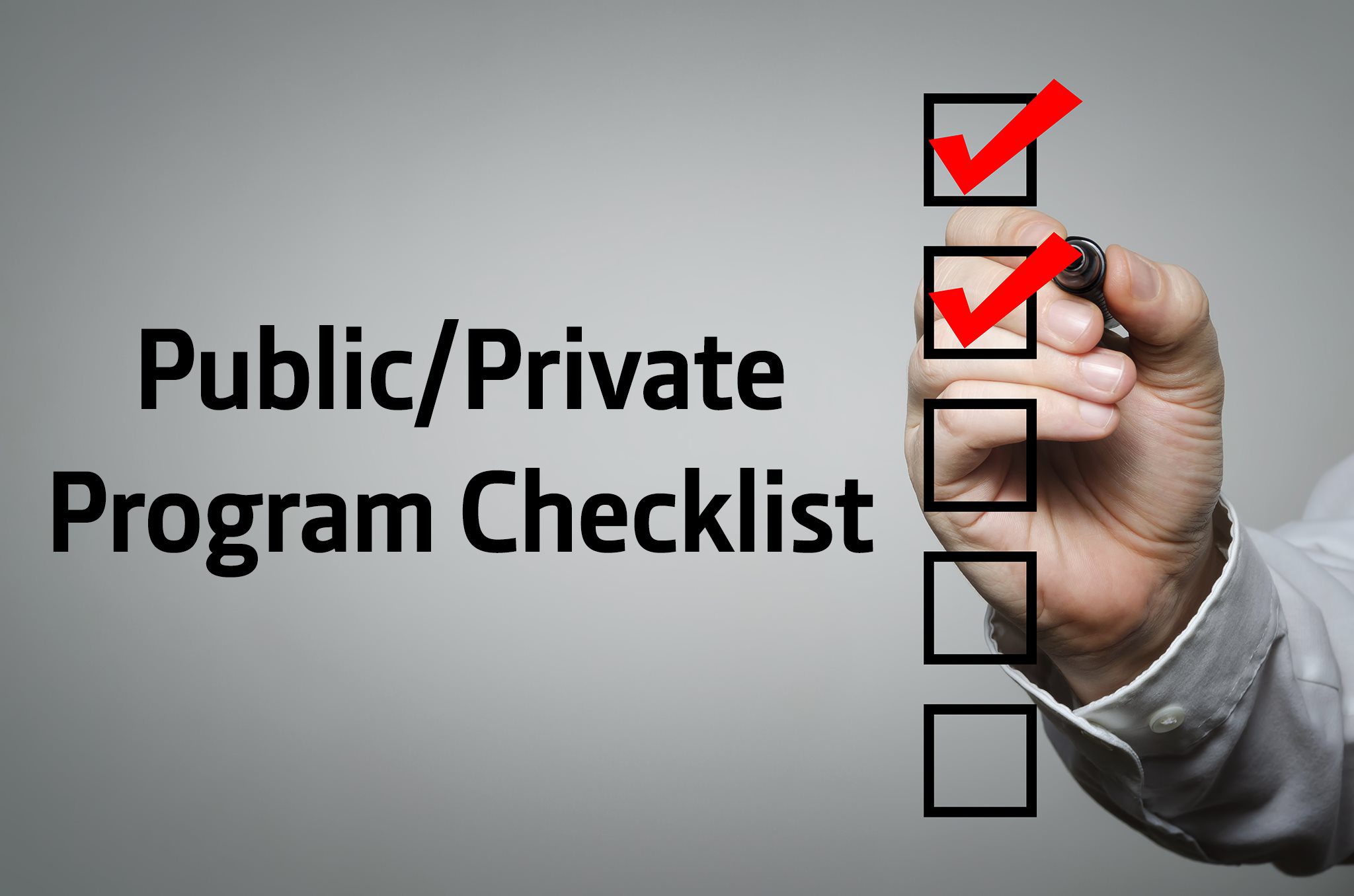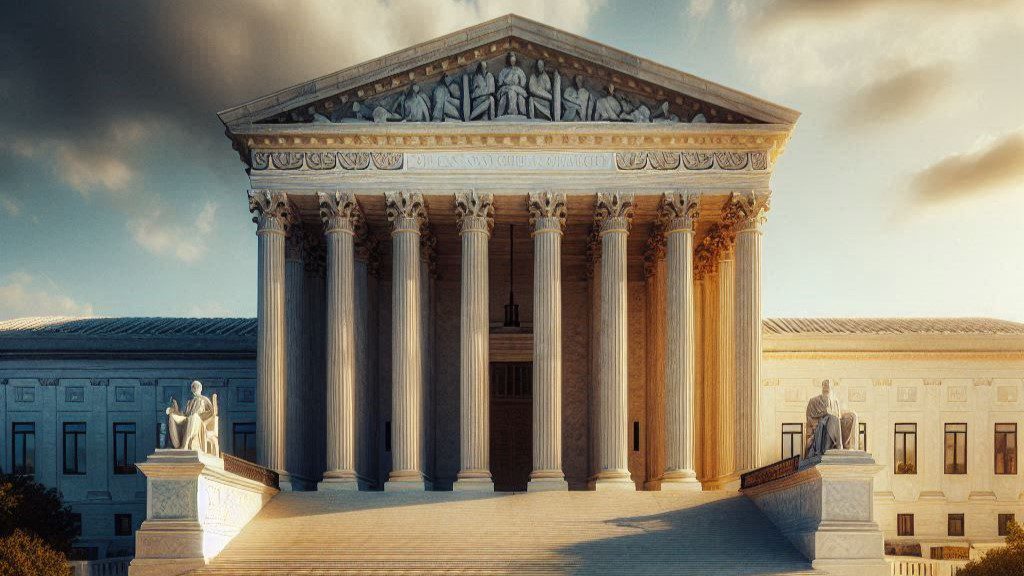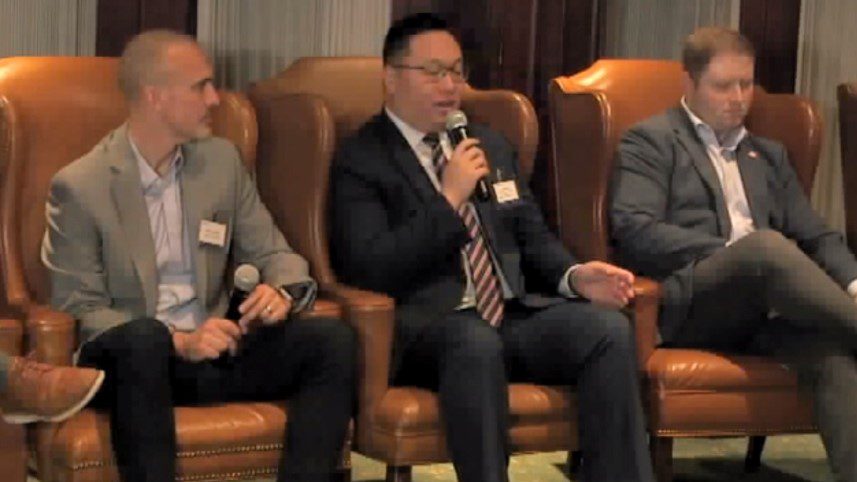Experts Offer Ideas for Launching Broadband Public/Private Partnerships
Randy Sukow
|

The federal government has cleared many billions of dollars to help rural communities build broadband connectivity. Some programs provide support directly to NRTC members while others, such as the National Telecommunications and Information Administration’s (NTIA) Broadband Infrastructure Program and Treasury Department’s State and Local Fiscal Recovery Funds send support to city, county, tribal or state governments, encouraging partnerships with nonprofit service providers. NRTC recently held a webinar detailing the rules for these programs. The webinar panel offered advice for those interested in striking up public/private partnerships.
Rural service providers familiar with programs that support them directly may be unfamiliar with the process for partnerships with government entities. Chances are that this will be a new experience for government entities as well. A good way to start a business relationship may be to share information.
“Never assume that the folks in the state [governments] know about those programs,” said panelist Christopher Mitchell, director of the Community Broadband Networks Initiative at the Institute for Local Self-Reliance. Government assistance to state and local governments “historically have been on the order of $20 million to $30 million. If they suddenly have $130 million you can imagine that’s a whole different scale to be able to review and deal with the volume of applications,” Mitchell said.
The programs’ rules encourage state and local government to establish partnerships with non-profit organizations and specifies cooperatives’ eligibility. A group of cooperatives in a region could approach a state or county government, pooling resources and presenting electric cooperatives in the best light.
“It’s often easier said than done but it may well be worth it given the competition this money may well get from other needs,” said Steve Pastorkovich, NRTC’s senior director, Broadband Funding and Development, who moderated the webinar. The Treasury program, for example, gives state and local governments authority to choose how much to devote funding according to community needs. Broadband service providers could be competing with proponents for various coronavirus relief efforts, healthcare, rent assistance and several others.
“Talk to your local governments, your counties, municipalities, economic development authorities, and find out what their plans are and point out to them what you can do,” Pastorkovich said. Amass information that could be useful to forming a partnership. NRTC, for example, performs broadband feasibility studies featuring detailed mapping information from CrowdFiber. Who needs broadband and where? Where can fiber go efficiently? Does a hybrid fiber/fixed wireless network make sense? “If a lot of that data is already available it might put you closer to the front of the line,” he said.
The electric cooperatives who competed for broadband funding from the 2020 Coronavirus Aid, Relief, and Economic Security (CARES) Act could be the model for responses to the NTIA and Treasury programs. Electric cooperatives in Mississippi, for example, working with their statewide association, began approaching state legislators soon after Congress passed CARES in the Spring. The legislature debated and adopted rules for distributing CARES funds in late June. After a short application period, the state was distributing awards by the end of the summer.
For various reasons, distribution of the NTIA and Treasury programs is not moving as quickly as CARES Act distribution, and states and local governments are likely to proceed at different rates, depending on their needs. Broadband providers should watch developments in their states and communities and prepare their applications. “I know they want to move quickly but when you have state governments it’s probably going to take a while,” said David Hoover, a principal at The Ferguson Group. “But they want to move as quickly as possible.”


